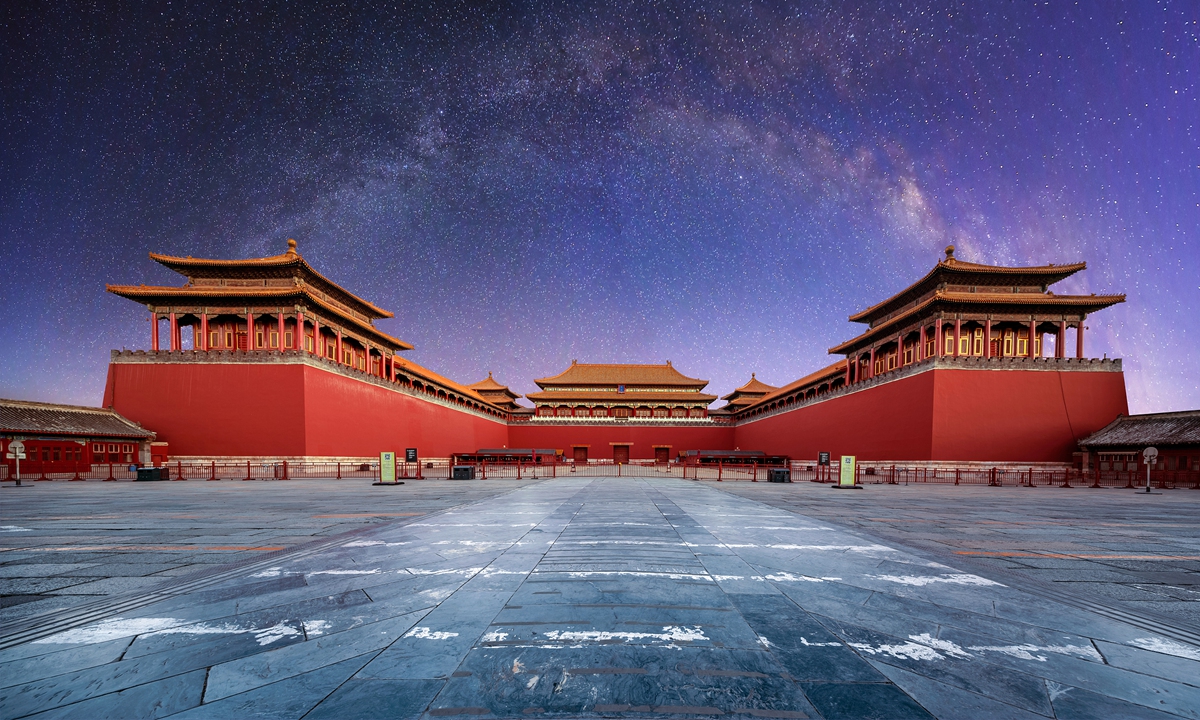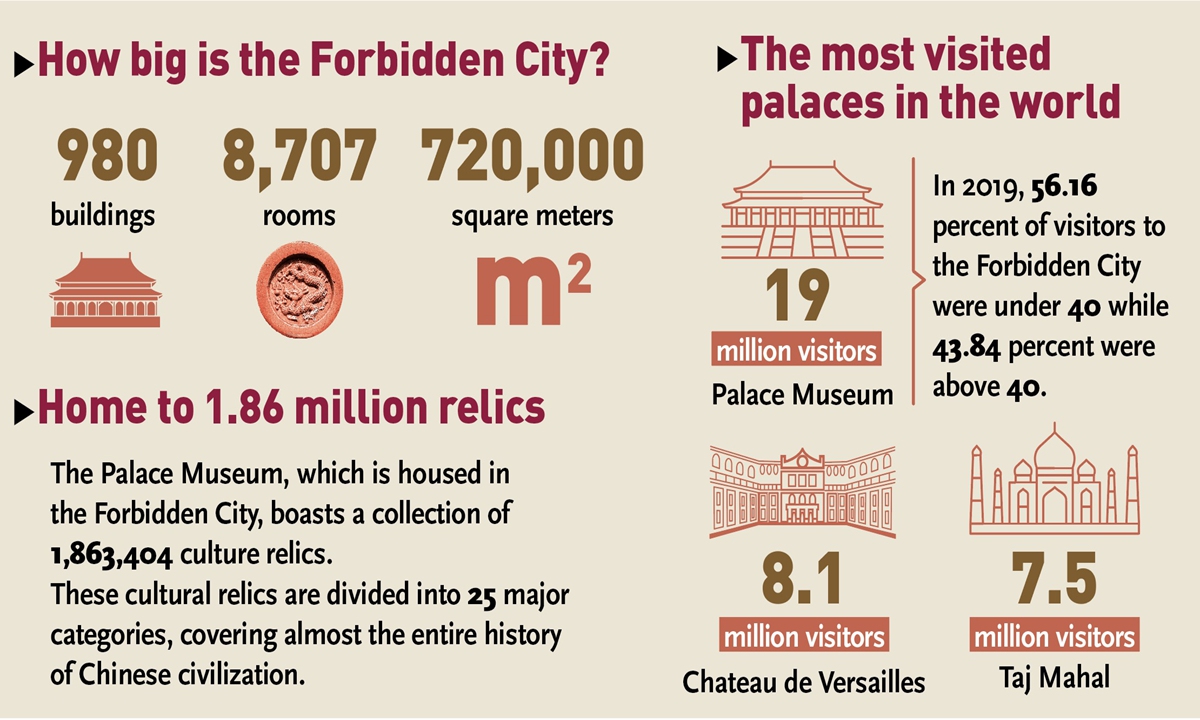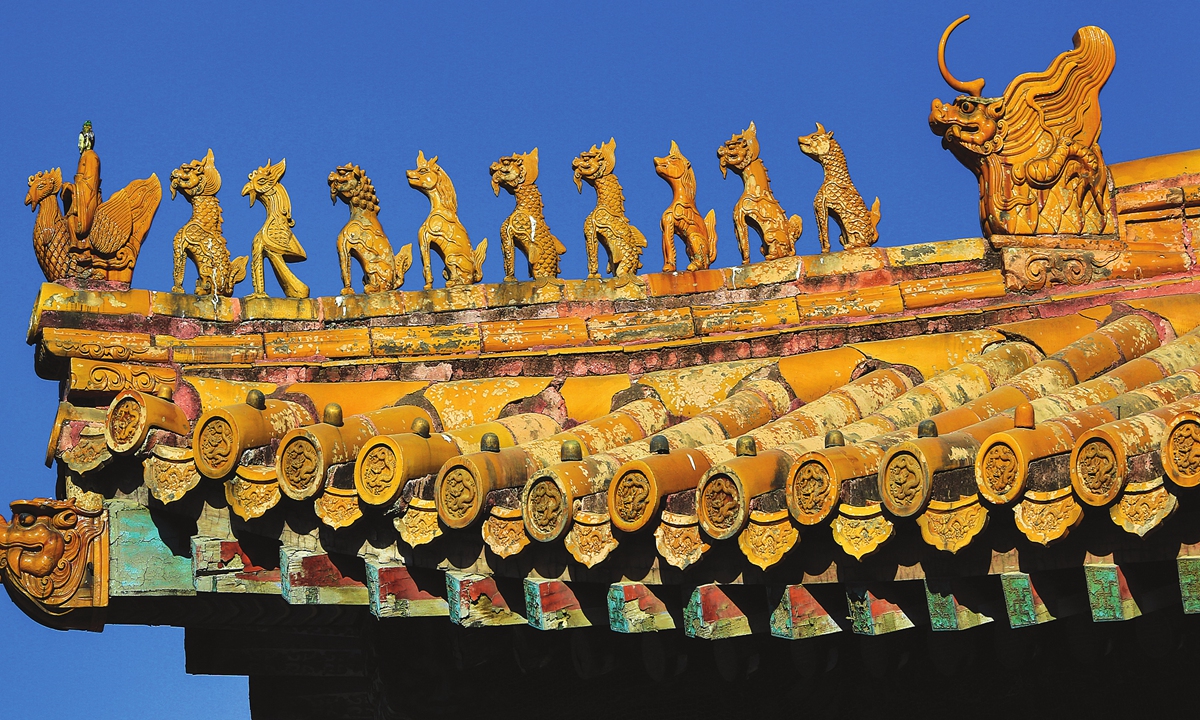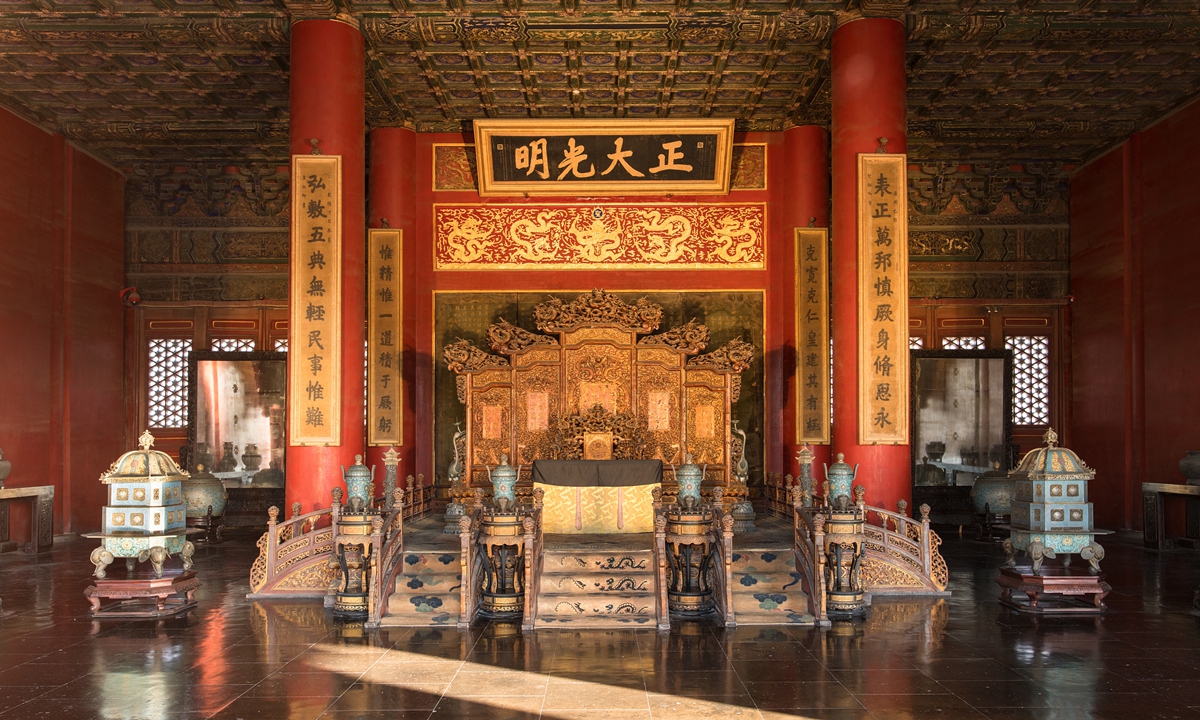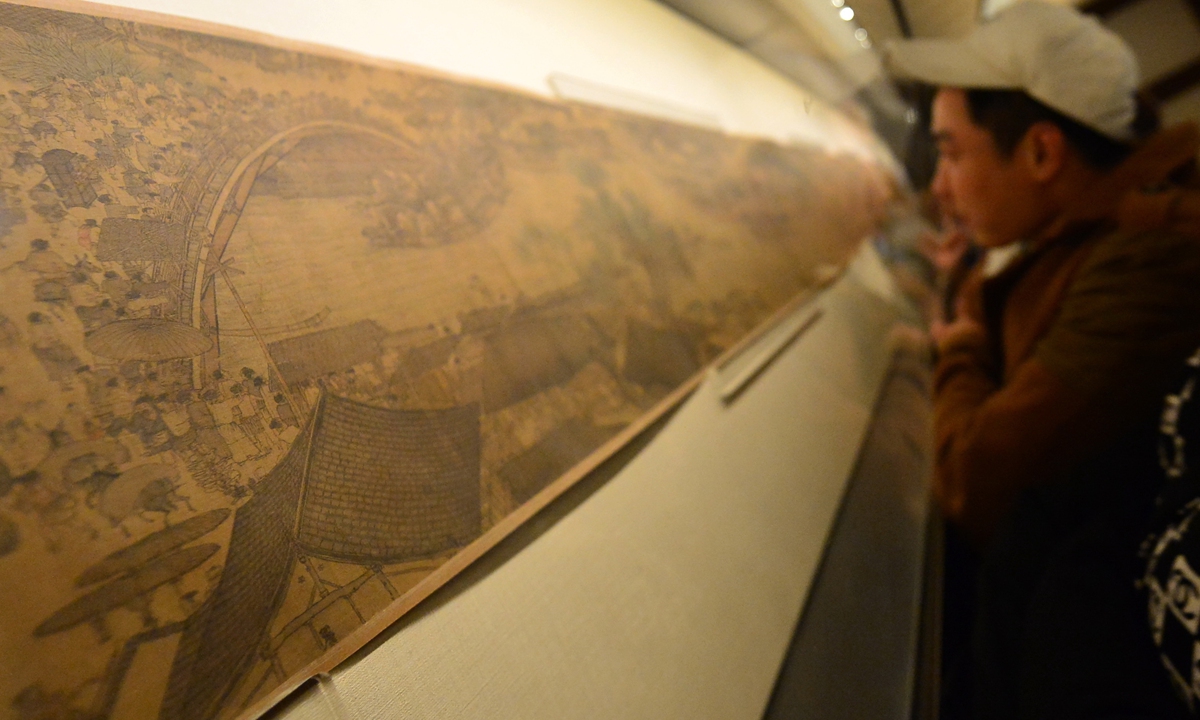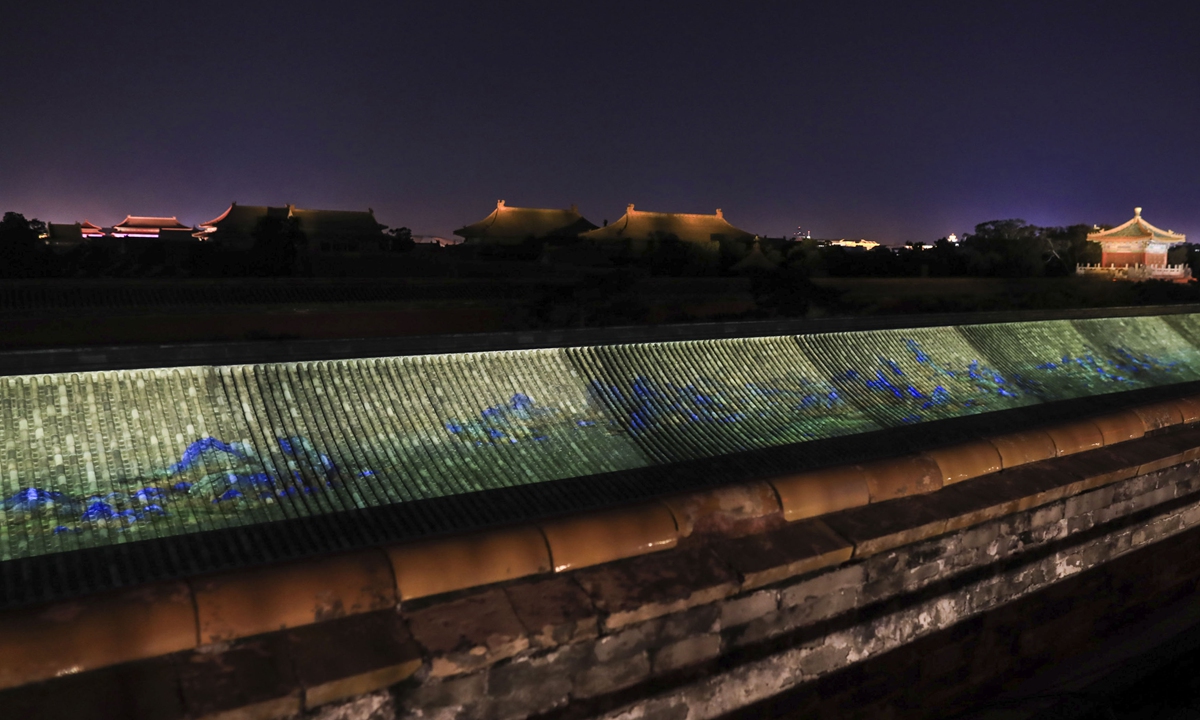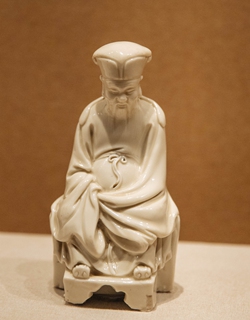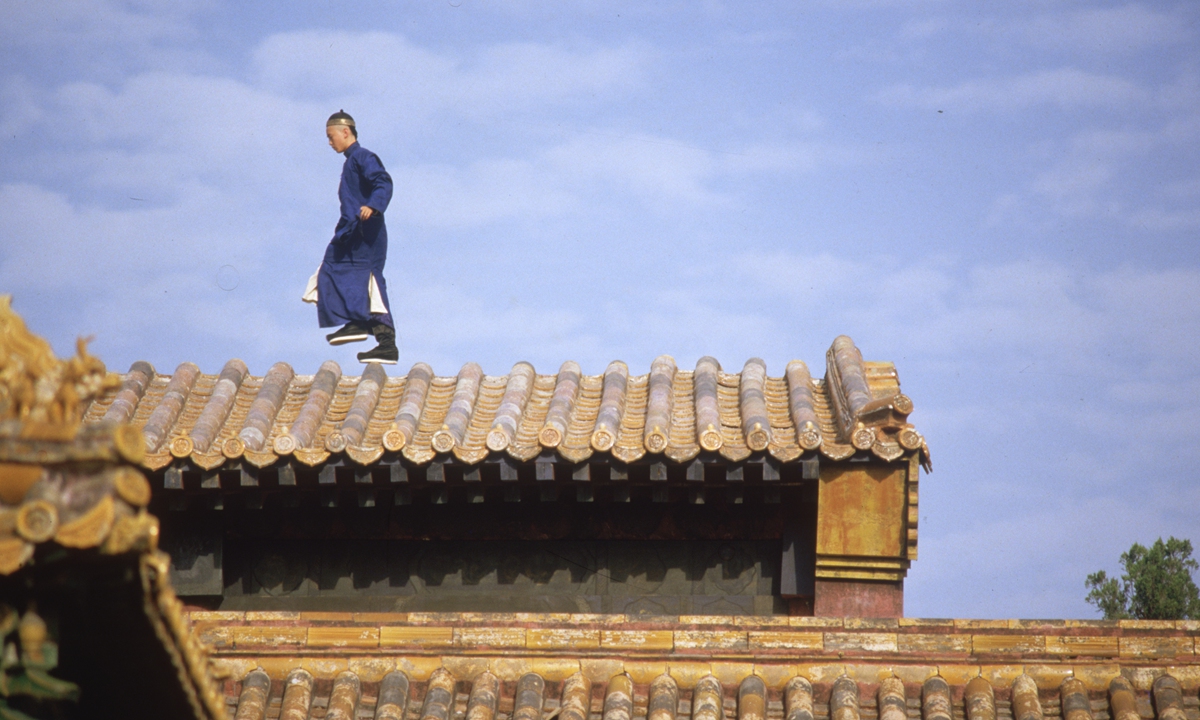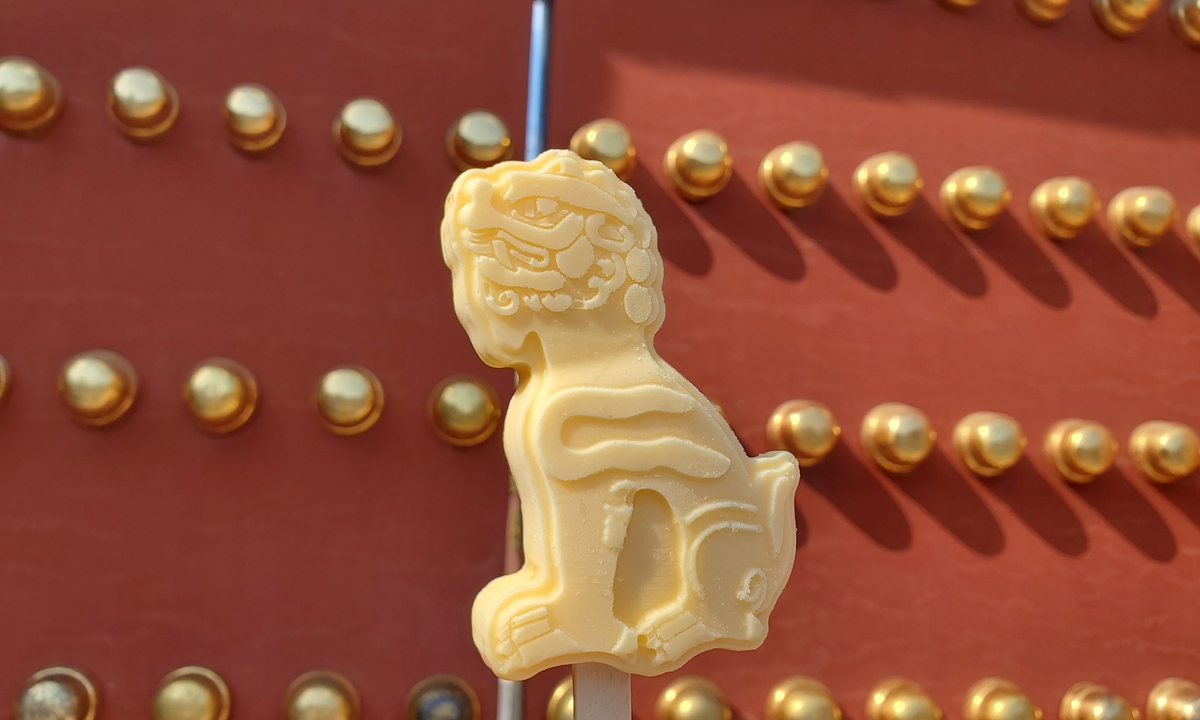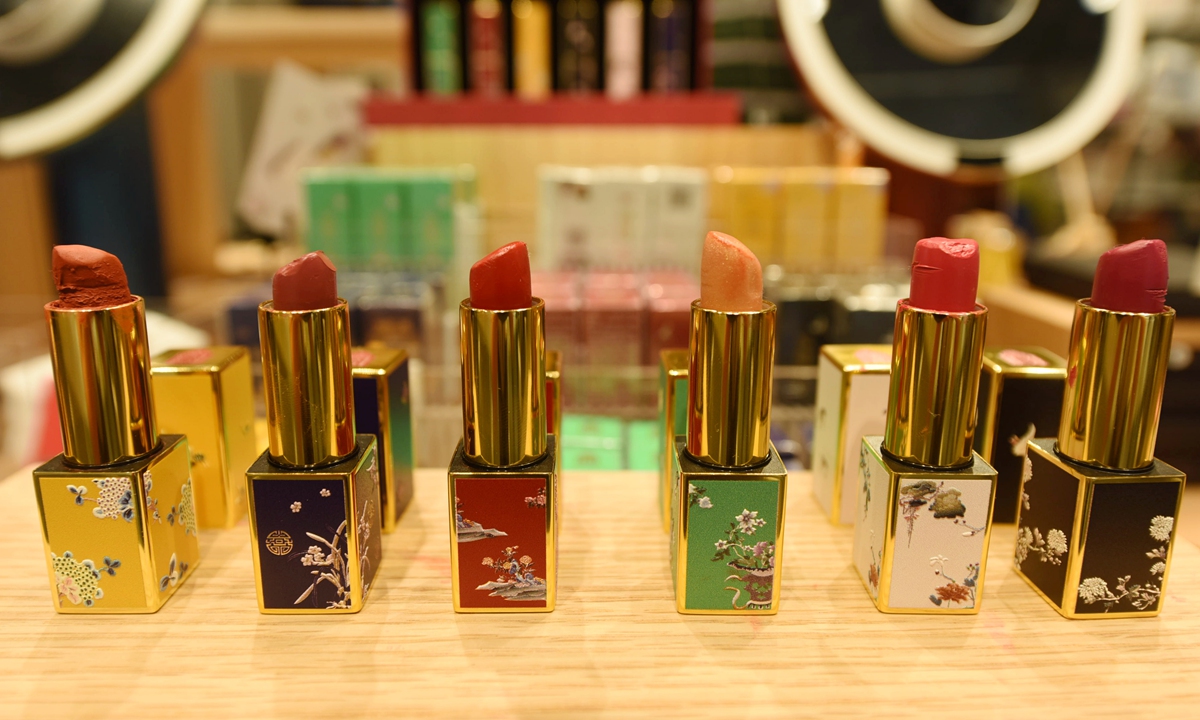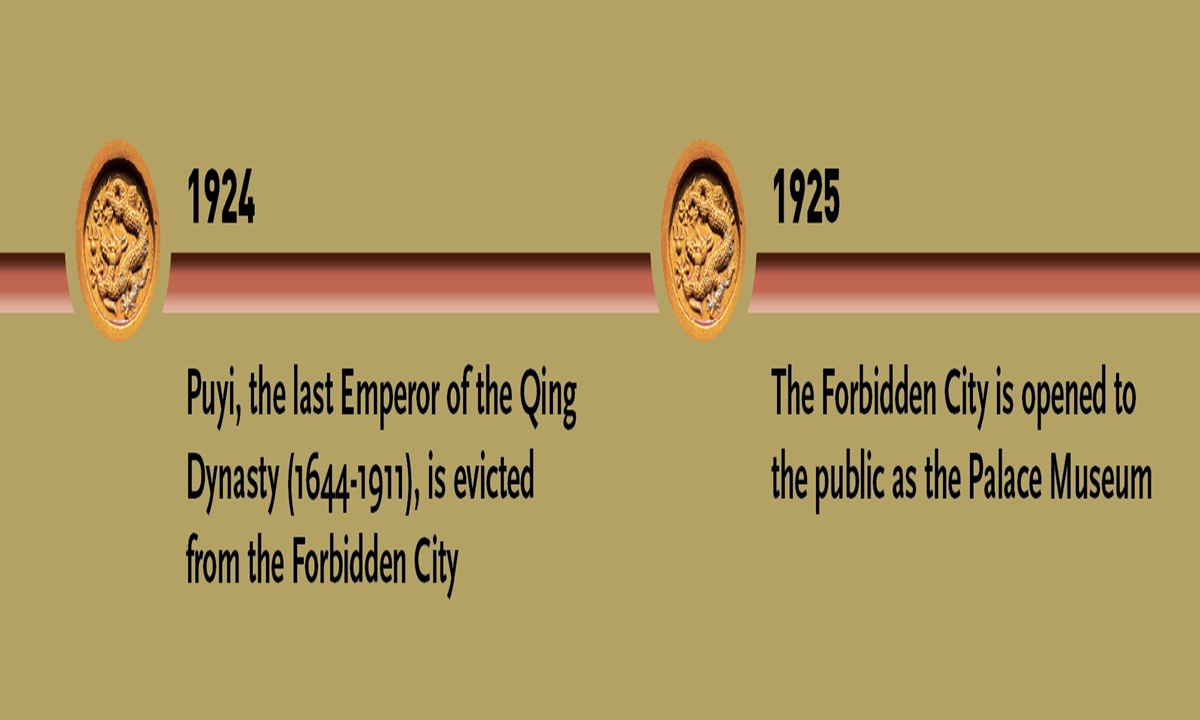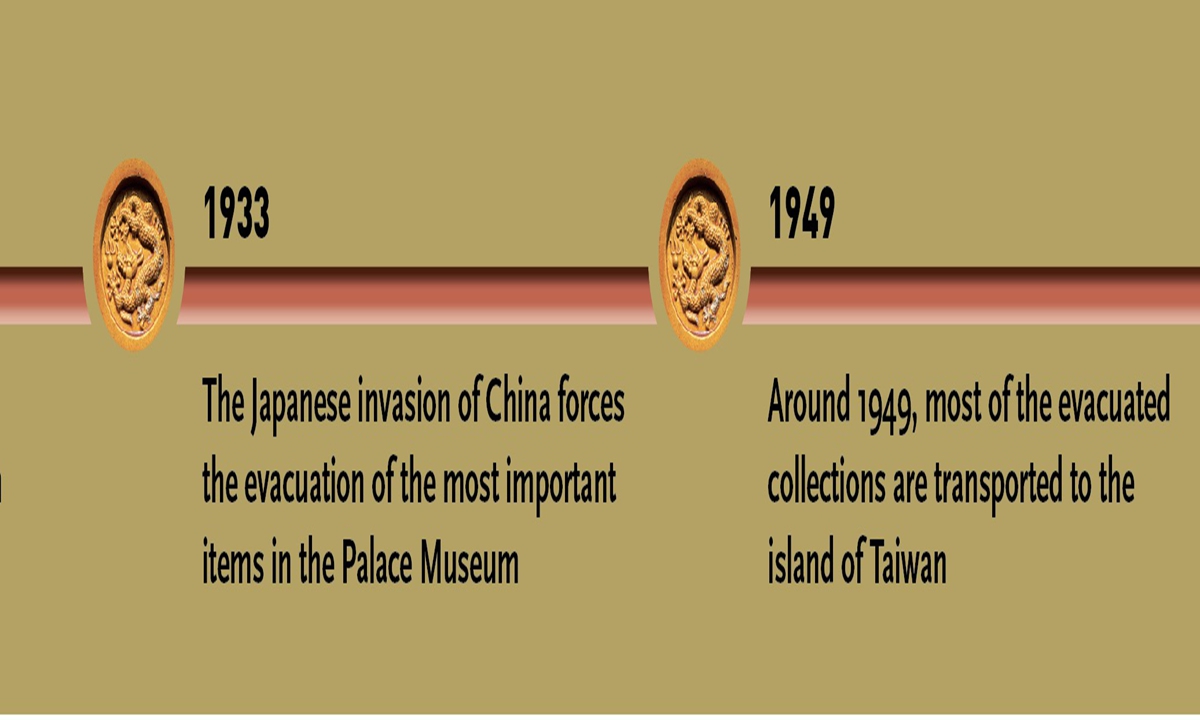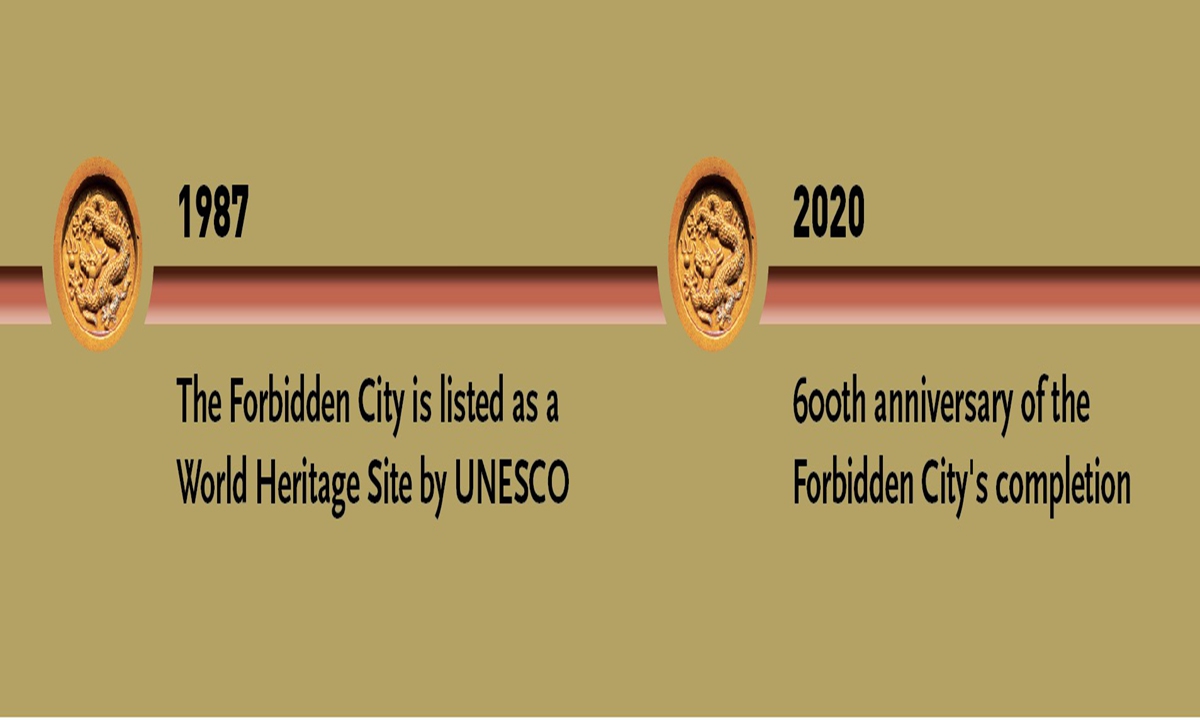Chinese dramas and films are obsessed with telling stories that take place in the Forbidden City, exploring both the happiness and sadness of past emperors.
The Last Emperor is one of the most famous films connected to the Forbidden City. The 1987 epic biographical drama film, directed by Bernardo Bertolucci, was the first Western feature film allowed to be shot on the grounds of the Forbidden City.
The film about the life of Pu Yi, China's last emperor, won nine Oscars, including Best Picture and Best Director, at the 60th Academy Awards.
On film platform IMDb, the film has a 7.7/10 with one user calling the film "a great artistic achievement."
"Bernardo Bertolucci's The Last Emperor is a monumental, perfect film, and stands as one of the great artistic achievements in any artistic medium…Visually the film is stunning especially the scenes in the Forbidden City. It was the first film to receive permission to film in the Forbidden City. The film can be enjoyed on the first viewing but really demands more than one viewing and some knowledge of history."
A remastered version of the film will be released in the Hong Kong Special Administrative Region on September 17.
Although not all dramas and films have access to the real Forbidden City, that hasn't stopped them from trying to recreate palace life in the Ming (1368-1644) and Qing (1644-1911) dynasties, such as the world famous drama series Story of Yanxi Palace.
The 2018 drama tells the story of a smart girl from a humble background who manages to rise through the ranks of the emperor's harem to win both his love and respect.
